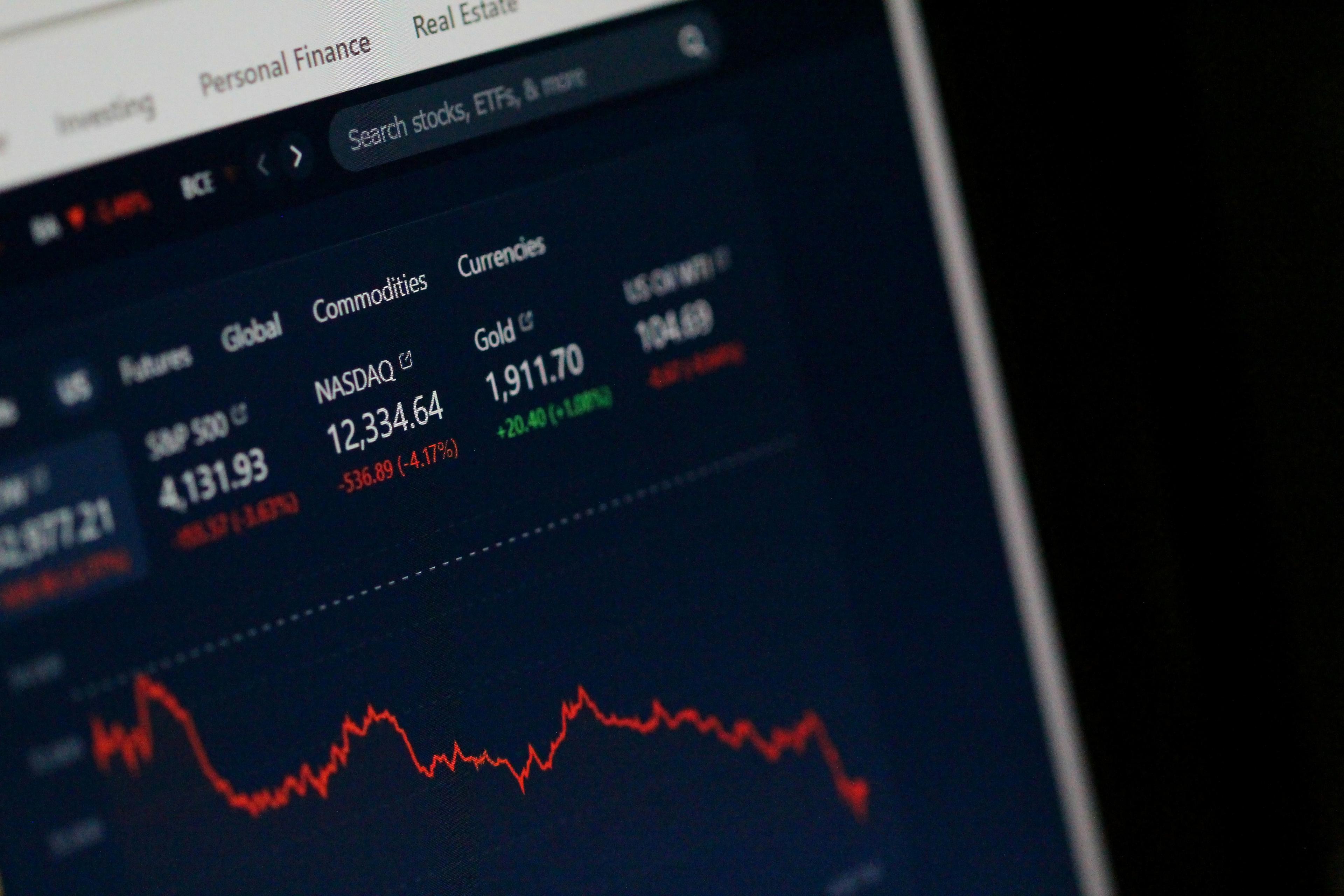
The trade war between the United States and China is escalating as both nations keep imposing higher tariffs. This has caused high volatility in the markets the past few days and investors are closely monitoring the developments as prolonged tensions could impact global economic stability and future market trends. The uncertainty is causing investors to stress about their financial positions as many aren’t equipped with instructions on what to do during the market turbulence or potentially a market crash. The emotional impact of witnessing investment portfolios shrink, coupled with the fear of further losses, can lead to impulsive decisions that may undermine long-term financial goals. So what should investors do during a stock market crash?
Individual investors have several strategic responses they can consider when faced with a stock market downturn. Here are a five strategies that we will look into:
1. Dollar-Cost Averaging (DCA)
Dollar-cost averaging is a disciplined strategy that involves investing a fixed amount of money in a stock or ETF at regular intervals over a certain period of time, regardless of the price. During a market downturn, this method allows investors to purchase more shares when prices are lower and fewer shares when prices are higher, potentially reducing the average cost per share over time. This approach can also help mitigate the emotional aspect of investing, encouraging investors to stay the course even when markets are volatile. Some investors even employ enhanced DCA strategies, adjusting their contributions based on market conditions to invest more heavily during significant price drops. However, it is important to note that while DCA can be a valuable tool, it does not guarantee a profit or protect against losses in continuously declining markets. Also when the market is consistently trending upward, DCA may lead to missed opportunities for higher gains.
2. Buy the Dip
Buying the dip involves purchasing stocks or other assets after their price has declined, with the expectation that the price will rebound. This approach allows investors to potentially capitalize on temporary market downturns by buying at a lower price and selling at a higher price when the stock's value recovers. Peter Lazaroff, chief investment officer of Plancorp and a member of Investopedia's advisor council, states in an article for Investopedia, "If you're thinking about buying the dip, then you're looking at market losses in a healthy manner. The key now is to be smart with what you choose to buy". He recommends focusing on diversification and the fundamentals of companies, such as strong balance sheets and reasonable valuations. One should keep in mind, this strategy requires careful analysis and a thorough understanding of the underlying reasons for the price decline. It is crucial to differentiate between a temporary dip and the beginning of a prolonged downtrend. Investors considering this strategy should evaluate the company's fundamentals.
3. Hold Steady
For many long-term investors, the most effective strategy during a stock market fall is simply to hold steady and avoid panic selling. Historically, the stock market has always recovered from downturns, and selling during a dip often locks in losses and prevents investors from benefiting from the subsequent rebound. Market declines are an inherent part of the investment cycle, and trying to time the market by selling low and buying back later is incredibly difficult and often leads to missing out on significant gains. Ken Fisher, founder of Fisher Investments, which oversees billions in assets, advised in a recent Fox Business report, "You never sell in a panic, you never ever sell in a panic". His firm highlights that historically, every severe downturn has eventually led to further growth.
4. Diversify
Diversification is a cornerstone of risk management, involving the spreading of investments across various asset classes, sectors, and geographical regions. By investing in a mix of assets such as stocks, bonds, real estate, commodities, and cash, investors can reduce the impact of any single asset's poor performance on their overall portfolio. Diversifying across different sectors, such as technology, healthcare, and consumer staples, can further mitigate risk by reducing overexposure to any single industry. Additionally, investing in international markets can provide geographical diversification, as different economies may perform differently under various global conditions. While diversification is a powerful tool, it is important to remember that it does not guarantee profits or protect against losses in uniformly declining markets.
5. Rebalance your portfolio
Portfolio rebalancing is another essential risk management strategy, especially during market downturns. Market downturns can cause a portfolio's asset allocation to drift away from its intended targets. Rebalancing involves periodically buying or selling assets to bring the portfolio back in line with the original allocation. During a downturn, this may involve selling assets that have become overweight (potentially those that have held up better) and buying those that have become underweight (those that have declined), effectively "buying low" and "selling high" and helping to control risk. Rebalancing can be done on a time-based schedule (e.g., annually or quarterly) or based on percentage deviations from the target allocations.
With these strategies, investors should be able to keep their portfolio right on track, especially if they are still long away from retirement. Historically, the markets have always recovered, even if took years to do so. It is important to have a separate emergency cash fund available at all time, as this offers a financial cushion that allows you to handle unexpected expenses without being forced to sell your investments at potentially low prices during a market downturn.
Disclaimer: This article is intended for informational purposes only and does not constitute financial advice. Investing in the stock market involves risk, and you could lose money. Past performance is not indicative of future results. Please consult with a qualified financial advisor before making any investment decisions. The strategies discussed in this article may not be suitable for all investors.

-1.jpg)